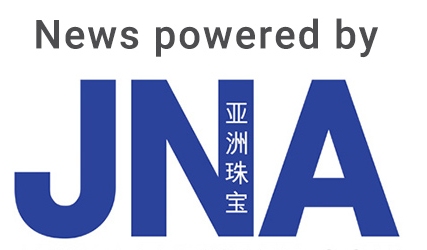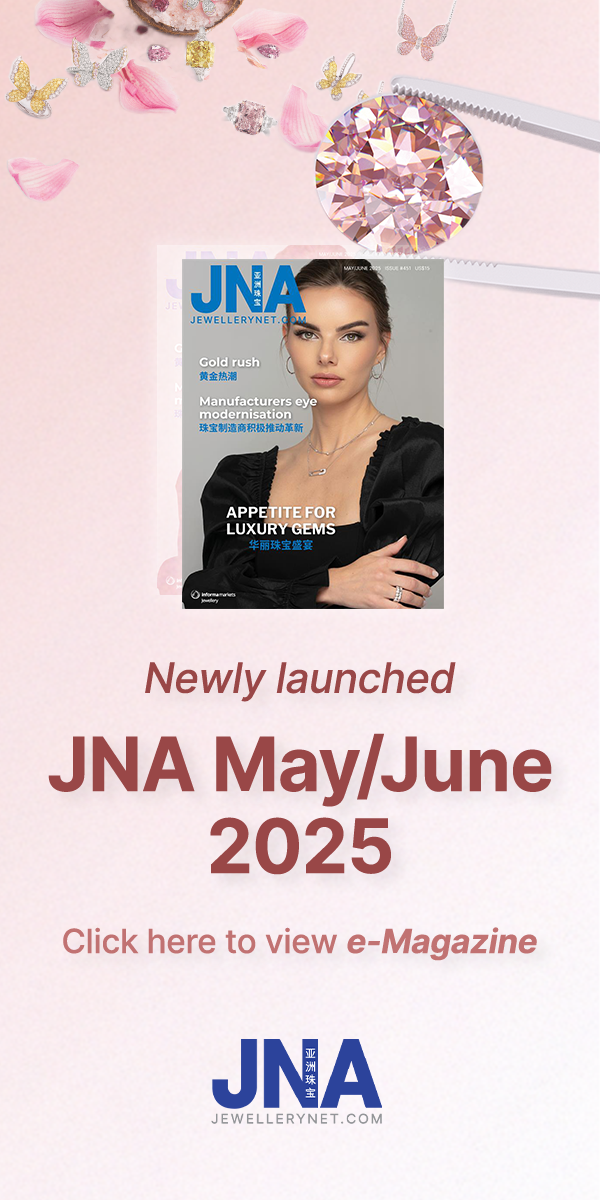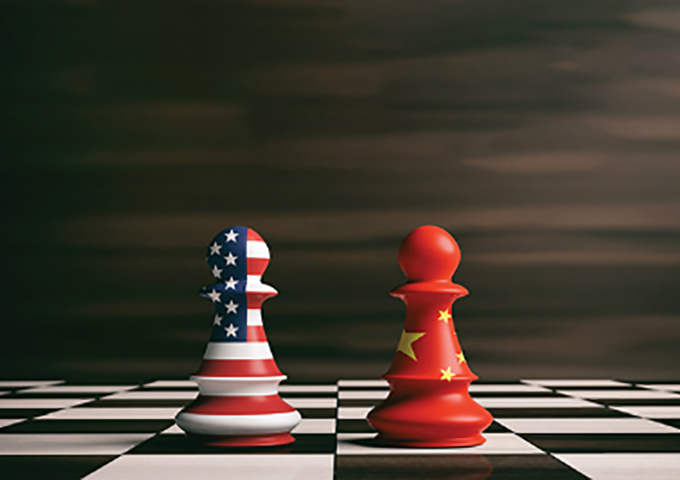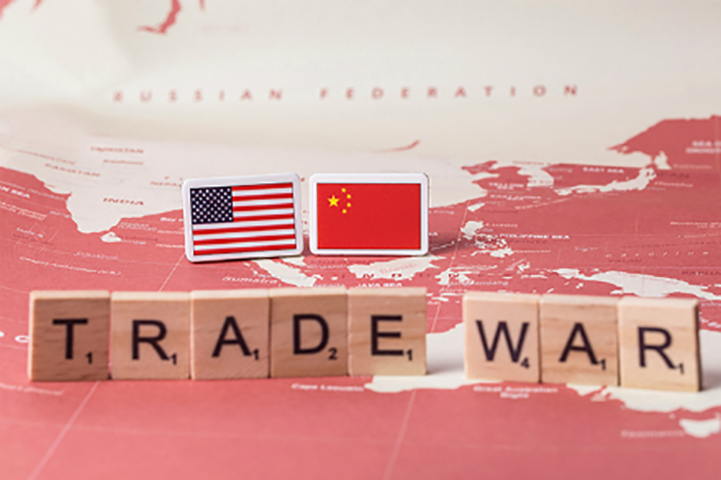Opinions vary among gem and jewellery industry players on the effects of the US-China trade dispute. Some companies downplayed its significance on the business while others called for reforms to support inroads in other markets.
There seems to be no end in sight to an ongoing trade conflict between world economic giants the US and China, with both governments announcing tit-for-tat tariffs since the dispute started last year.
On August 23, China stated that it will impose additional tariffs of 5 percent or 10 percent on US$75 billion worth of US imports, which are to take effect in tranches on September 1 and December 15.
The US responded in kind, calling the extra duties “unjustified” and rolling out a new set of tariffs – 5 percent on approximately US$550 billion worth of Chinese imports. This raises the existing 25 percent duties on US$250 billion in Chinese products to 30 percent on October 1.
China’s move was triggered by US President Donald Trump’s earlier decision to hit China with additional 10 percent tariffs on US$300 billion worth of goods, which will have increased to 15 percent come September 1, after troubled trade talks seemingly collapsed in early August. Trump and Chinese President Xi Jinping agreed on a ceasefire at the end of the G20 Summit in Osaka, Japan in June but attempts to reach a consensus have since failed.
Jewellery sector
The issue has had an adverse impact on the global economy, with reports of stock market and foreign currency losses dominating the media. Major industries, the jewellery sector included, are likewise potential casualties in the escalating trade war.
The US government’s latest round of tariffs will now cover natural and cultured pearls; diamonds; coloured gemstones such as rubies, sapphires and emeralds; gold and silver jewellery; toy and imitation jewellery; religious jewellery items; and synthetic gemstones, according to the US government.
The tariffs are likely to take their toll on jewellers who import such products and materials from China.
Data from the US Census Bureau showed that jewellery imports from China amounted to US$2.08 billion in 2018 while diamond and gemstone imports reached US$233.14 million and US$1.07 billion respectively. Imports of other precious metals were US$38 million while shipments of non-monetary gold such as coins, ingots or bars amounted to US$2.54 million.
According to the Jewelers of America, the latest development could possibly hurt jewellers during the crucial holiday selling season.
“The ongoing trade war means uncertainty for both businesses and consumers,” noted the group. “While the administration delayed tariffs on certain goods imported from China until December 15 to prevent an impact on US holiday sales, jewellery products did not get a reprieve. If implemented on September 1, the tariffs will hit just as jewellers are gearing up for the holidays.”
Some jewellers have already been affected by earlier 25 percent tariffs that included jewellery boxes and packaging from China.
The Jewelers of America is the national trade association for businesses and organisations serving the US fine jewellery marketplace and represents every facet of the jewellery supply chain. Its members include more than 8,000 jewellery businesses.
According to the group, prices of consumer goods are likely to increase once the tariffs are in place. Retailers could face further tariff increases if the US and China fail to reach a deal. It also opposed the imposition of tariffs, noting that it places the burden on US consumers and businesses. Citing data from the National Retail Federation (NRF), it said tariffs have so far cost small US businesses, farmers, workers and families over US$25 billion. As such, the association said it will continue to urge Congress to push the Trump administration to work out a deal with China and end the trade war.
Washington-based NRF, for its part, condemned Trump’s decision to further raise tariffs on Chinese goods.
David French, the federation’s senior vice president for government relations, commented, “It’s impossible for businesses to plan for the future in this type of environment. The administration’s approach clearly isn’t working, and the answer isn’t more taxes on American businesses and consumers. Where does this end?”
NRF represents discount and department stores, home goods and specialty stores, Main Street merchants, grocers, wholesalers, chain restaurants and internet retailers from the US and more than 45 countries.
Impact
The dispute, which triggered weaker consumer sentiment and trade imbalance, has indirectly diminished the Chinese market’s buying power, according to Japan Pearl Exporters’ Association Chairman Yoshihiro Shimizu.
“There’s a lot of uncertainty now and this is preventing Chinese customers from buying,” he noted. “At the June Fair, buyers – Chinese in particular – were very price-conscious. They are partial to the price, more than the quality.”
The market is also reeling from excess inventory, so consumers are not eager to buy more.
At the September Fair, Chinese consumers’ appetite for pearls may remain subdued owing to an overall cautious sentiment. Those who are sourcing pearls at the show may choose lower-price range items, noted Shimizu.
Uncertainty and fragile consumer sentiment are also influencing movements in the diamond sector. Shreyans Dholakia of India-based diamond manufacturer Shree Ramkrishna Exports Pvt Ltd (SRK) said the market is not as active as before, especially the Far East, with buyers opting for commercial and price-point items.
Demand was down at the June Fair, owing to oversupply in the market. Buyers actively sought out smaller, competitively priced products although SRK sold a few large stones of around 7 carats to 20 carats of commercial quality.
“People were still buying after the Chinese New Year, but the trade war and all the negative news weighed down on consumer confidence,” noted Dholakia.
Adapt and diversify
Amid a harsher international business scenario, some companies are looking for opportunities in other jewellery markets. US-based fine jeweller Diatraco Corporation is concentrating on Europe, Middle East and the rest of Asia.
“A lot has changed over the past few years and we have decided long ago to focus our resources on other countries, excluding China. We don’t have a business strategy there,” noted Reuben Khafi of Diatraco.
IVY New York or Yavorskyy, which mainly offers fine coloured gemstone jewellery pieces, meanwhile counts on the market’s continued desire for high-end jewellery, especially among elite Chinese consumers. It is also serving a global market and strengthening its digital presence to widen its international reach. “We cannot just focus on a single market,” the company said, adding that diversification is critical to growth.
Benjamin Hackman of Intercolor USA recognises the effects of the trade war on world markets but the tanzanite trade in New York remains impervious to such changes, he explained. Jewellery traders are banking on other markets for growth, and not just China, which he said is not active in the tanzanite business.
“We don't feel any impact. If the issue involved Thailand or India, then it would affect us,” remarked Hackman. “We are not upbeat about business prospects now, but we are not worried either. We are somewhere in the middle. The US is still our main market and it’s showing positive signs of recovery.”
With uncertainties hounding the gemstone and jewellery market, Lawrence Ma, founding president of the Diamond Federation of Hong Kong, China Ltd said exporters supplying to the US will remain conservative and probably adjust their supply chains.
An American buyer meanwhile will most likely want to source elsewhere where the tariff system is more stable. As a result, the industry should be more cautious, noted Ma, adding that constant communication between buyers and sellers has never been more crucial.
He also raised the importance of international trade shows as a platform for business partners to discuss ways to mitigate the impact of macroeconomic uncertainties and collectively find ways to keep the gemstone and jewellery business afloat.
Trade deal
According to Chinese University of Hong Kong Professor David Ahlstrom, while the trade row has inconvenienced companies by forcing them to move businesses around particularly in terms of production, “a tariff is a relatively minor tax in the larger scheme of things.”
“International trade has almost no direct impact on economic growth. International trade replaces domestic and regional trade, so there are some cost adjustments when trade contracts, but its longer-term impact on growth is very minor,” stated Ahlstrom.
For China, its tariff war with the US could likely result in stability issues. Chinese companies can easily switch suppliers but lose short-term customers in North America.
“All headaches for sure, but nothing like the earth-shattering event that is portrayed in the media. China has bigger issues to face now that I think they want to make a deal,” added Ahlstrom. “I think a trade deal will come. It may not be perfect, but it will calm everyone down.”










